
The chairman of Psychiatric Times' parent company, MJH Life Sciences, introduces the October issue.

The chairman of Psychiatric Times' parent company, MJH Life Sciences, introduces the October issue.

Financial distress in patients with ADHD greatly increases risk of suicide. Read more.
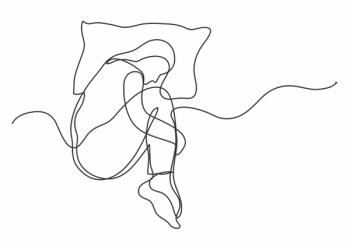
The pandemic has brought into focus treatment barriers, disruption in care, and possibly negative outcomes in the mental health of university students. To better understand the specific challenges of out-of-state students, the authors conducted an anonymous national survey of college psychiatrists.

Schizophrenia is associated with an increased prevalence of alcohol use disorders. A post-hoc analysis of the clinical course of the 2 disorders is an important change in this understudied and often overlooked population.

Politics have gotten in the way of mask-wearing, and they should not.
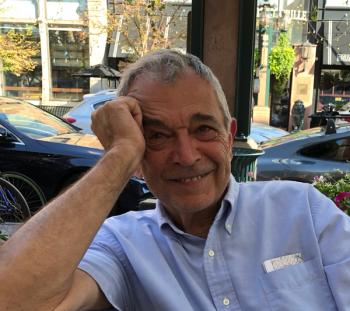
A Psychiatrist Looks Back on His Career and Considers the Role of the Placebo Effect in Treatment.

The authors explore adjunctive treatments for MDD and their impact on overall medical costs and health care utilization.

Mental health providers who battle a pandemic may find that it unsettles their deepest sense of self.

Dr Cheng shares his experience with racism in the hopes that we can join together to create a better country for everyone.

Institutionalized racism is built into the very foundations of medical specialty organizations. The American Academy of Pediatrics recently issued an apology for said racism. Here is why other institutions should follow suit...

Throughout the centuries, we have continued to puzzle over our capacity for antisocial behavior
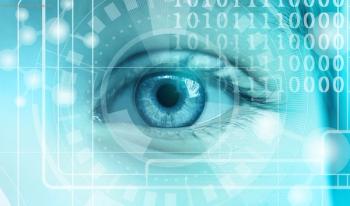
Do neurological signs at illness onset predict long-term outcome schizophrenia?

Practical tips for helping patients and simultaneously avoiding legal battles.
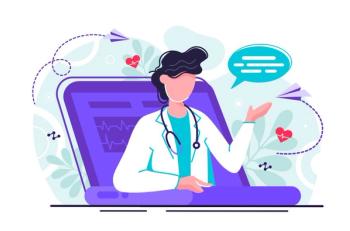
Strategies to remain calm under pressure; to be clear and concise; and to know what is expected in courtroom battles.
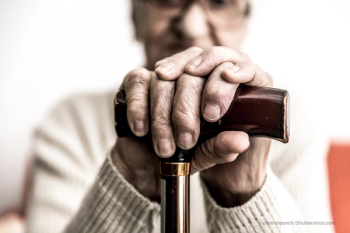
The pandemic hit everyone hard, but what implications and consequences has it had for the older generations?

The authors examine recent literature in order to assist psychiatrists in evaluating the findings and determining how to best put research findings into real-world practice.
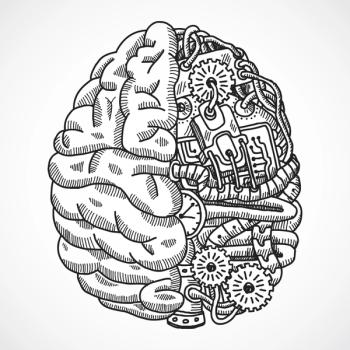
In the early 20th century, British and American doctors looked for the causes of mental illnesses elsewhere in the body, with gruesome results.
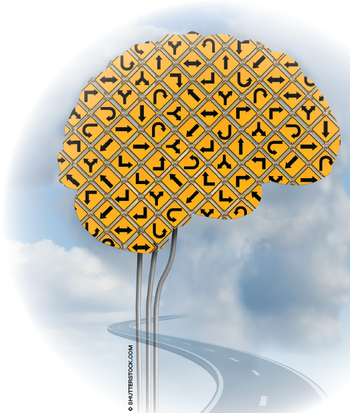
The acute psychotomimetic effect of cannabis is transitory, but evidence indicates that the chronic use, especially if started in adolescence, contributes to the occurrence of schizophrenia.

What happens when a clinician has to give herself news she does not want to hear?

When working with older individuals with psychiatric symptoms, most clinicians are familiar with the adage “start low and go slow.” But what other tips should you consider when prescribing psychopharmacology?

Psychiatry, at this moment anyway, remains blood-test and imaging-free. It offers the last frontier of semi-free thought to the thinking person who wishes to enter medicine. More in this opinion piece.

Avicenna may have been among the first physicians to document that anger is often a transitional state from melancholic depression to mania—implicitly recognizing the “switch” phenomenon.

The role of police has expanded from law and order to first responder, mental health intervention, and other duties others may be better qualified to fulfill.

Common legal questions about political donations are discussed.

Fewer women than men with major depressive disorder experience symptom relief with antidepressants. Is there a role for alternative therapies?

In 18th-century France, physicians searched for the causes of mental illness and debated how best to treat it.

Malingering in clinical settings is usually motivated by an attempt to obtain care or social services (eg, hospital admission, medication, disability income) and often co-occurs with real mental illness, hence the dilemma.

"It is simply wishful thinking to believe that one course of treatment may entail the solution to problems that we encounter in complex cases," says Dr Fava. Dr Aftab explores a multitude of issues in psychiatry and science in this interview.

The COVID-19 pandemic reveals existing weaknesses in the mental health system, but also presents opportunities for reform.

Drs differ on the advisability of reading a certain famous French psychoanalyst.